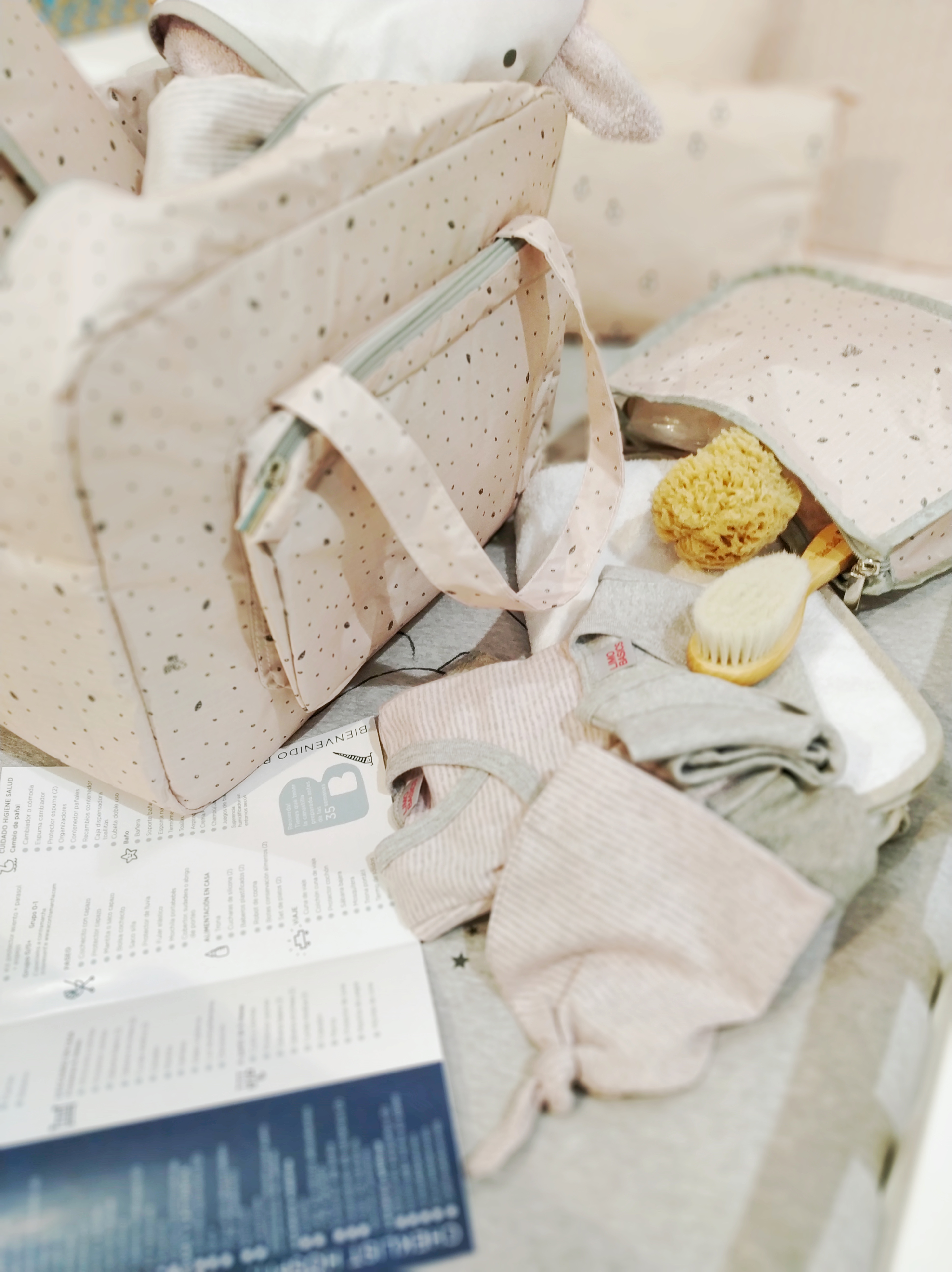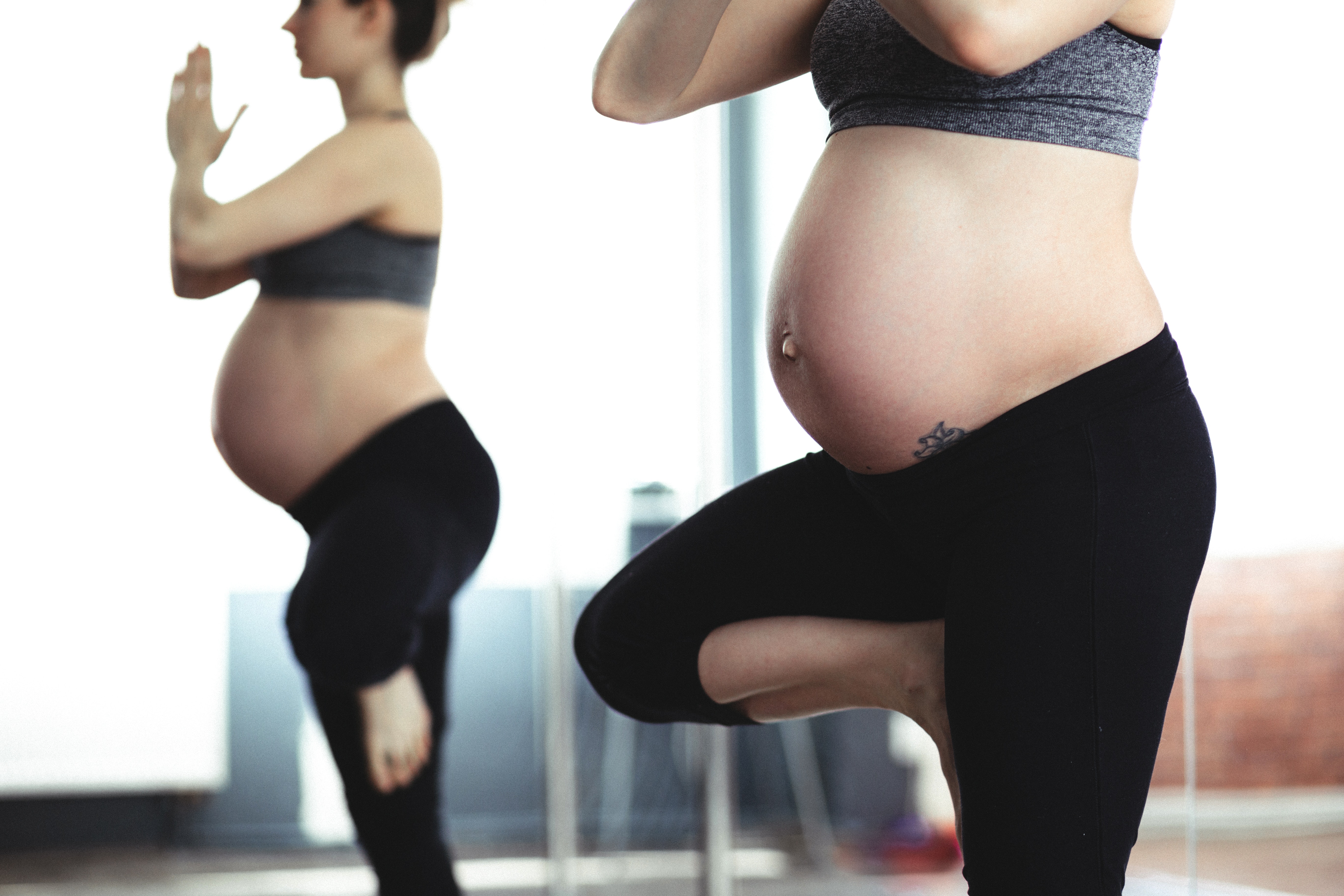To many future dads the word "plagiocephaly" catches you by surprise, you don't know what it is or how to prevent it. Surely, you have been told that babies now sleep on their backs, but in the past the recommendation was on their stomachs. What is the reason for this change?
Risk Factors of Sudden Infant Death Syndrome
Before the 1990s, cases of Sudden Infant Death Syndrome (SIDS) were numerous and the medical community focused on finding out what the risk factors were. The upside down position, excessive warmth or environmental heat and maternal smoking during and after pregnancy were the main; therefore, the preventive measure was clear: we had to avoid tobacco, excess heat and the upside-down position.
Change of positional habits
In 1992 the campaign was launched "Back to Sleep", which would become "With your back to sleep". The results were more than evident: in less than a decade SIDS cases decreased by about 40%. Now, shortly after taking this measure cases of cranial malformations began to be observed. What was happening? The change in positional habits was causing the babies, who spend much of their time lying down, to suffer malformations due to the pressure of the surface against their head. Increasing cases of positional plagiocephaly were occurring.
"Back to sleep, tummy to play"
We had taken the recommendation of sleeping on the back as the only recommended position for a baby, even awake. Hence, in 2000 the campaign began "Back to Sleep - Tummy Time to Play", which would be "Back to sleep, tummy to play." The idea was to release the baby's skull from constant pressure on a surface.
What doctors recommend
According to the monograph "Positional Plagiocephaly: A Primary Work" by Joan Bosch i Hugas, Primary Care Pediatrician at the ICS EAP Rambla de Sant Feliu de Llobregat; and Josep Maria Costa i Clara, head of the Neurosurgery service at Hospital Sant Joan de Déu:
From the first day of life
Positioning for sleeping should be in the supine position (face up) and a routine should be established that avoids the fixed positioning of the head, either tilted to the same side, or looking at the ceiling. To do this, the head will be rotated alternately to one side and the other in each dream throughout the day and the orientation of the child in the crib will be changed every night.
From the first month
While awake and watched, you should be placed, at times, on the tummy. This will release the skull from continuous pressure and strengthen the neck and spine muscles in preparation for crawling.
From the third month
Placing it in front of a mirror and with sound and light toys will help maintain position and exercise the senses.
At any age
They must be provided games that avoid face-up positioning.
In the strollers you should avoid that the head remains lateralized always towards the same side in prolonged periodss.
Porting is a great optionas long as it is ergonomic to prevent hip dysplasia.
Skull support cushions designed to reduce pressure may be helpful before 4 months, especially in cases in which the child does not maintain preventive positions; or in strollers, where maintaining these positions is difficult due to visual and auditory stimuli.
As you can see, by following some simple recommendations we can avoid these malformations and if you have any doubts, it is best to talk to your pediatrician, who will recommend guidelines or, in the event of any type of malformation, the best treatment to follow.



